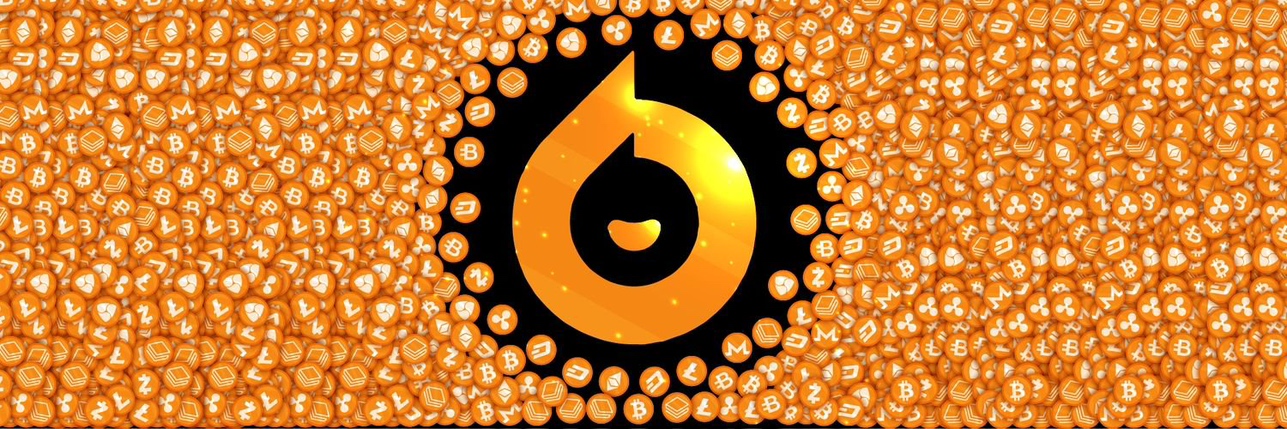2025年5月14日現在、仮想通貨市場は戦略的パートナーシップ、規制の変化、企業の買収、市場のパフォーマンスなど、さまざまなセクターにおける重要な展開を経験しています。
戦略的なパートナーシップと企業の動き
クリプトプライムブローカーのFalconXは、グローバルバンクのスタンダードチャータードと戦略的パートナーシップを発表し、機関投資家向けのクリプトサービスを強化します。この提携は、FalconXが伝統的なグローバルバンクと初めて組むもので、スタンダードチャータードの銀行および外国為替サービスを活用可能にします。パートナーシップの目的は、法定通貨の決済効率を向上し、主権基金やヘッジファンドといった顧客の運用リスクを低減することです。この取り組みはシンガポールからスタートし、アジア、中東、米国に拡大します。
別の重要な展開として、USDCステーブルコインの発行元であるサークルインターネットは、5億ドルの評価額でIPOを申請しました。後援者にはJPMorganとCitigroupがいます。これは2021年の失敗したSPAC取引に続くサークルの2度目の公開試みです。約430億ドルのUSDCが流通しているサークルは、ほぼ全ての収益を短期投資の利子から得ており、その収益性は変動する金利に大きく依存しています。伝統的な預金保護や貸付活動が欠如しているため、市場の注目を集める一方で、単純で模倣可能なビジネスモデルとなり、将来的な規制の下でステーブルコイン発行者が増える中でリスクにさらされる可能性があります。
著名なクリプト支持者であるマイケル・セイラーは、彼の会社であるストラテジーを困難なソフトウェア企業からビットコインの最大の企業保有者に大胆に変革し、暗号通貨に400億ドルもの投資を行いました。この大胆な動きは、革新性と潜在的リスクの両方で大きな注目を集め、デジタル資産への重い依存が変動する経済状況の下で持続可能かどうかという重要な懸念を引き起こしています。
イスラエルに拠点を置くトレーディングプラットフォームeToro Groupは、11.92百万株を一株あたり52ドルという当初の目標範囲46ドルから50ドルを上回る価格で提供し、米国での拡大した新規株式公開(IPO)を通じて約6億2千万ドルを調達する計画を発表しました。株式は2025年5月14日にナスダックグローバルセレクトマーケットで「ETOR」というティッカーシンボルで取引を開始します。2007年に設立されたeToroは、2022年にBetsy Cohenによって後援されたSPACとの合併を通じて数値1億4000万ドルの評価額で上場を試みましたが、その取引は2022年に崩壊しました。2024年には、米国の証券取引委員会との無登録ブローカーおよびクリアリング機関としての活動に関する告発を受けて、米国での暗号通貨提供をビットコイン、ビットコインキャッシュ、およびイーサリアムに制限することに同意しました。
ロビンフッドは、カナダの暗号企業WonderFiを2億5000万カナダドル(1億7898万ドル)で現金取引として買収することを発表し、国際的なプレゼンスを拡大し、暗号通貨市場への関与を深化させるための戦略的な動きを示しました。この買収はWonderFiの最新の終値に対して41%のプレミアムを提供し、ロビンフッドが株式取引アプリから包括的な金融サービスプラットフォームへと進化しようとするより広範な動きに続くものです。BitbuyとCoinsquareという暗号取引所で知られるWonderFiは、2024年度に35億7千万ドル以上の取引量を記録し、前年から28%増加しました。2025年にはその株価が13.6%減少しましたが、同社は1億6390万カナダドルで評価されています。ロビンフッドは、現在カナダで140人以上を雇用している既存のオペレーションにWonderFiのチーム全体を統合する計画です。
規制の発展
米国証券取引委員会(SEC)の新しい議長であるポール・アトキンスは、暗号業界により適応するためにSEC規則を近代化する計画を発表しました。彼は、デジタル資産の登録、発行、保管、取引をサポートする明確な公式ルールの必要性を強調しました。アトキンスは、SECは既存の証券法の下で広範な権限を持ち、非証券の免除を定義し、証券としてみなされるデジタル資産のためのガイドラインを設定することで暗号資産に関するルールを明確にすることができると信じています。彼の提案には、登録者のためのより柔軟な資産保管オプションを許可し、証券および非証券のデジタル資産の両方を含む取引を拡大することが含まれています。このイニシアティブは、仮想通貨およびステーブルコインのためのより広範な規制フレームワークを構築するための議会での継続的な取り組みと一致しています。
画期的な動きとして、ドナルド・トランプ米国大統領は、「デジタルフォートノックス」イニシアティブの下で戦略的ビットコイン備蓄を確立する大統領令に署名しました。この備蓄は、法的手続きから政府が押収した資産を使用して構築され、ビットコイン(BTC)だけで170億ドルに相当します。目標は国家の経済安全保障を強化し、インフレに対するヘッジを提供することです。
市場のパフォーマンス
仮想通貨市場は著しい変動を経験しました。ビットコイン(BTC)は現在103,344ドルで取引されており、前回の終値から0.00116%の僅かな減少です。イーサリアム(ETH)は2,605.25ドルで、0.04844%の増加を示しています。BNB、XRP、カルダノなどの他の主要な仮想通貨も、相対的に安定した市場を反映して、わずかな動きを示しました。
全体の市場低迷にもかかわらず、いくつかの仮想通貨は利益を記録することができました。カルダノ(ADA)は、米国戦略仮想通貨備蓄への組み込みを受け、投資家の信頼を高める要因となり、24時間で60%近くの大幅な上昇を記録しました。
いくつかの主要な仮想通貨は大幅な下落に直面しました。ビットコイン(BTC)は価格が84,148.33ドルに下落し、前日から9.48%の下落を記録しました。この低迷は、トランプ政権がカナダ、メキシコ、中国に対する新たな関税を実施したことと同時期に発生し、グローバルな貿易緊張を高めました。イーサリアム(ETH)も13.91%の下落を経験し、価格は2,103.06ドルとなりました。ビットコインと同様に、戦略的仮想通貨備蓄発表後のイーサリアムの価格急騰は一時的であり、市場の感情が広範な経済懸念を受けて変化しました。
まとめると、2025年5月14日の仮想通貨市場は、戦略的パートナーシップ、規制の進展、企業の買収、及び変動する市場のパフォーマンスによって特徴付けられると言えます。これらの展開は、暗号業界の動的で急速に進化する性質を強調しています。


 最低価格
最低価格 最高価格
最高価格 




















LIKEのソーシャルデータ
直近24時間では、LIKEのソーシャルメディアセンチメントスコアは0.4で、LIKEの価格トレンドに対するソーシャルメディアセンチメントは弱気でした。全体的なLIKEのソーシャルメディアスコアは158で、全暗号資産の中で448にランクされました。
LunarCrushによると、過去24時間で、暗号資産は合計1,058,120回ソーシャルメディア上で言及され、LIKEは0%の頻度比率で言及され、全暗号資産の中で572にランクされました。
過去24時間で、合計0人のユニークユーザーがLIKEについて議論し、LIKEの言及は合計12件です。しかし、前の24時間と比較すると、ユニークユーザー数は減少で0%、言及総数は増加で50%増加しています。
X(Twitter)では、過去24時間に合計1件のLIKEに言及したポストがありました。その中で、100%はLIKEに強気、0%はLIKEに弱気、0%はLIKEに中立です。
Redditでは、過去24時間にLIKEに言及した0件の投稿がありました。直近の24時間と比較して、LIKEの言及数が0%減少しました。
すべてのソーシャル概要
0.4